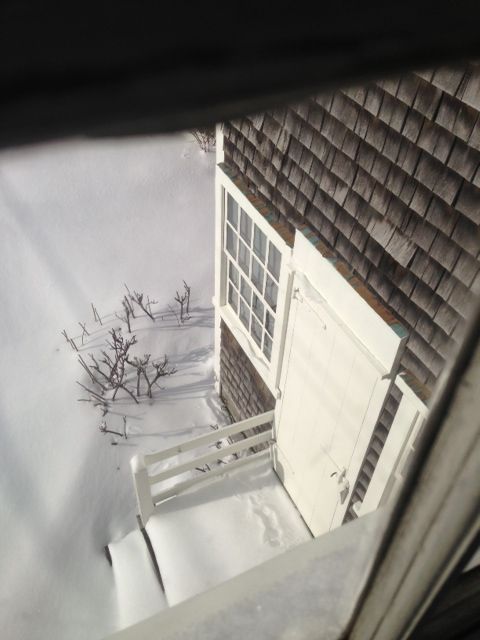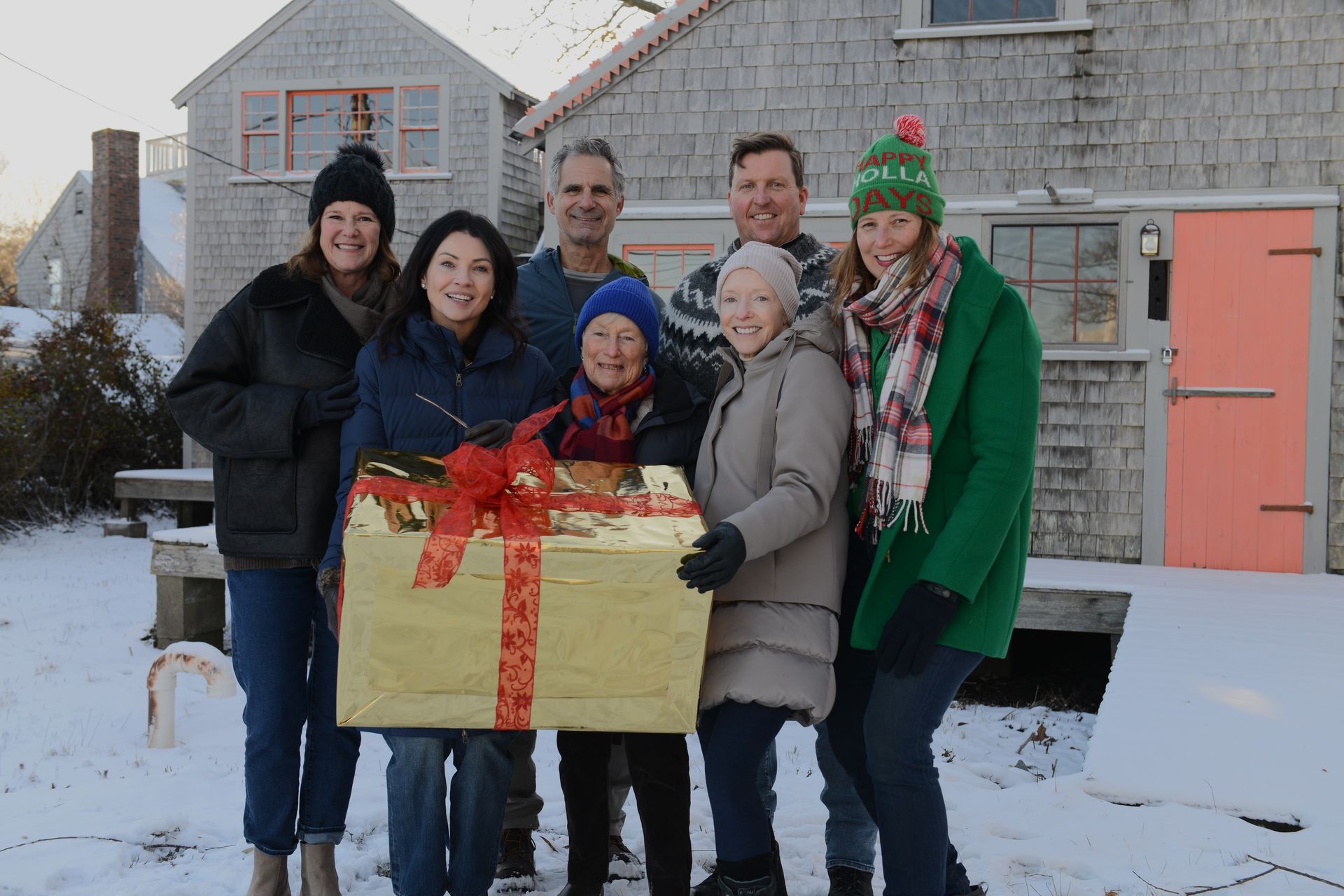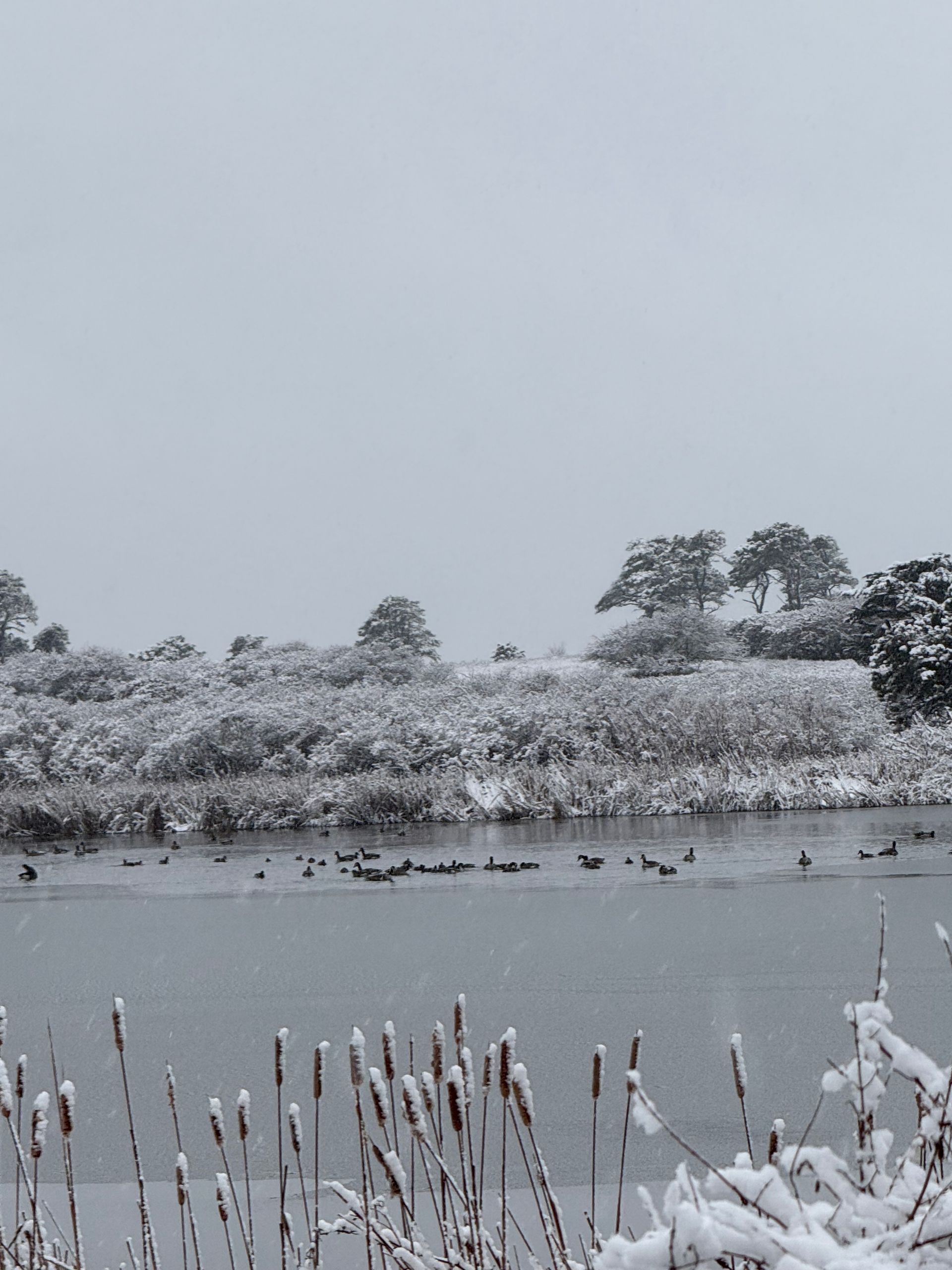Maria Mitchell In Her Own Words
August 15, 1835
SCHOOL
MARIA MITCHELL proposes to open a school
For Girls, on the 1st of next month, at the Franklin school house.
Instruction will be given in Reading, Writing, Spelling,
Geography, Grammar, History, Natural Philosophy,
Arithmetic, Geometry and Algebra.
Terms, $3 per quarter. None admitted under six years of age.
The above advertisement appeared in the local paper on August 15, 1835. At the age of seventeen, Maria Mitchell, already known for her abilities, was opening a school and she likely attracted a large group of girls. Given what she proposed to teach and the many levels of girls who might attend, this illustrates her ambition and her early desires to promote women’s’ education. Supposedly, this school was located on Traders Lane, just off of Main Street and just a short walk from 1 Vestal Street where the family was still living before moving to the Pacific National Bank for William Mitchell’s position as cashier. Maria would only run this school for about a year. She closed it because she was offered a position as the librarian of the Nantucket Atheneum for which she received sixty dollars “per annum.”
JNLF
Recent Posts





